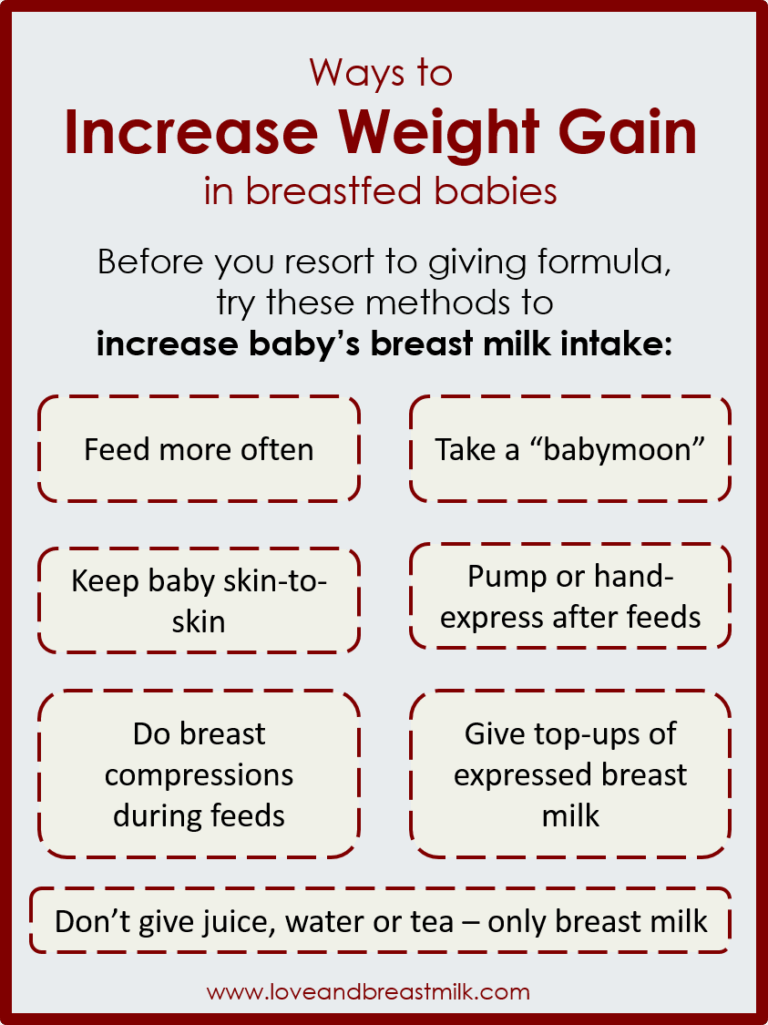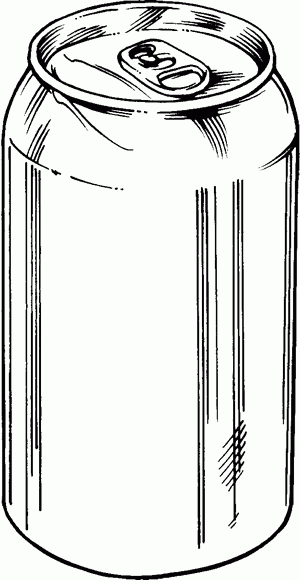How Big Is A Baby’s Stomach
Have you ever wondered just how big a baby’s stomach really is? Understanding the size of a baby’s stomach is crucial for parents and caregivers to ensure they are feeding their little ones appropriately. In this article, we will delve into the specifics of how big a baby’s stomach is and what it means for their feeding habits.
Knowledge
When a baby is born, their stomach is incredibly small, about the size of a cherry. This small size is essential because it means that babies need to eat frequently to get the nourishment they require. As a baby grows, so does their stomach. By the time a baby is around 10 days old, their stomach can hold about 1-2 ounces of milk or formula. By one month, this capacity increases to around 2-4 ounces.
Knowing the size of a baby’s stomach helps parents and caregivers understand why babies need to eat so often. Babies have small stomachs that empty quickly, meaning they require frequent feedings throughout the day and night. Newborns typically feed every 2-3 hours, including during the night. As a baby grows, they may be able to go longer between feedings as their stomach can hold more milk or formula.
Proper nutrition is crucial for babies, especially in their first year of life when they experience rapid growth and development. Understanding the size of a baby’s stomach can help parents ensure they are providing enough nourishment for their little ones. It’s essential to follow your pediatrician’s recommendations for feeding schedules and portion sizes to support your baby’s healthy growth.
Conclusion
In conclusion, the size of a baby’s stomach is small initially but grows as the baby develops. Understanding the size of a baby’s stomach is essential for parents and caregivers to provide adequate nutrition for their little ones. By following feeding guidelines and paying attention to your baby’s hunger cues, you can ensure they are getting the nourishment they need to thrive.
Overall, this article is valuable for new parents and caregivers who want to learn more about the specifics of a baby’s stomach size and how it impacts feeding habits. By understanding the size of a baby’s stomach, you can better meet your baby’s nutritional needs and support their healthy growth and development.






